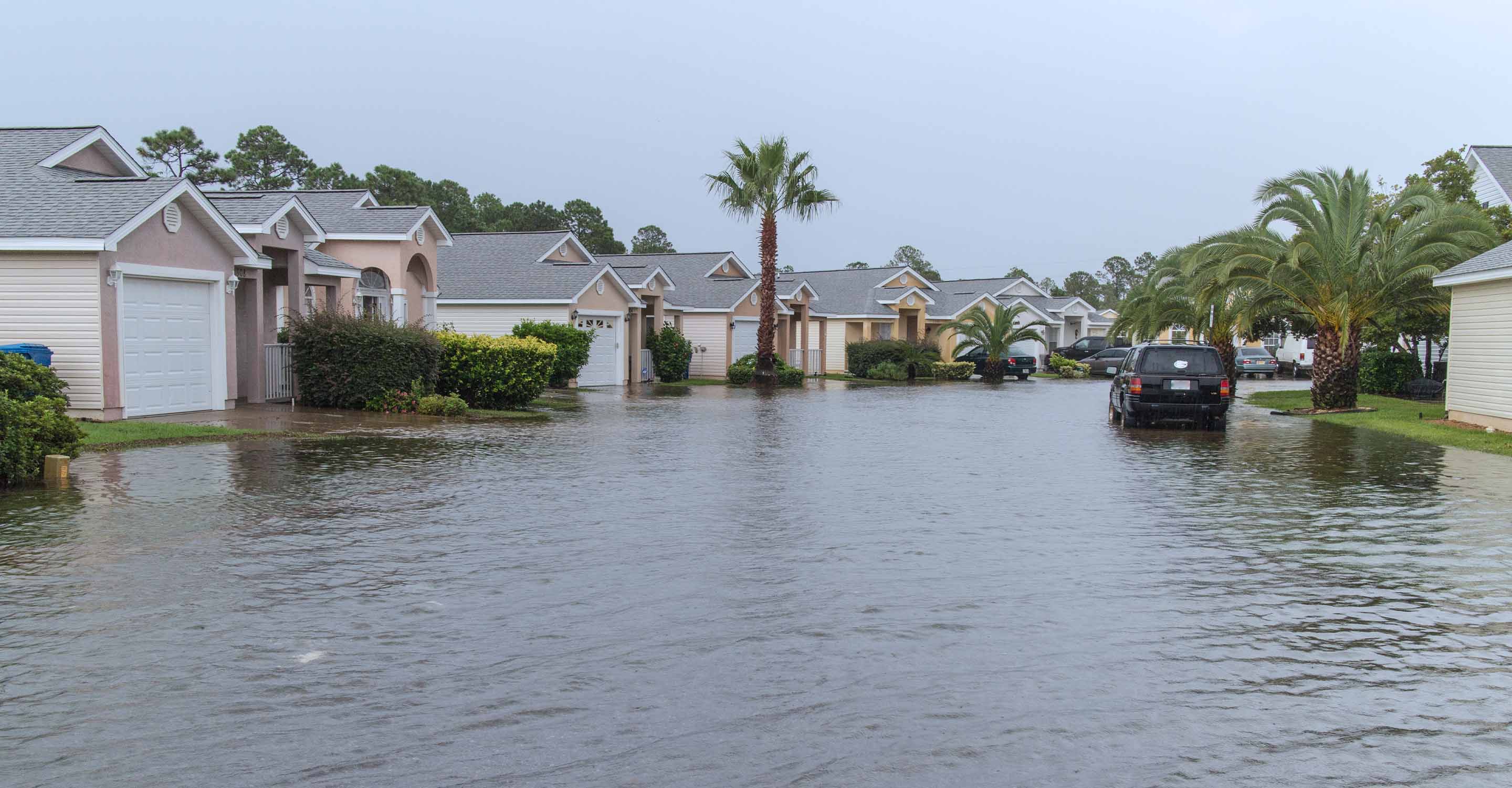Kyoto air quality map
Live air pollution map of Kyoto
79.3K people follow this city
Full screen
Contributors
2
Stations
22
Contributors category
2
Government
0
Non-profit organization
0
Educational
0
Corporate
0
Individual
0
Anonymous
Most polluted air quality stations
| # | station | US AQI |
|---|---|---|
| 1 | Self-exclusion mountain family | 72 |
| 2 | Jihai Yamashina | 70 |
| 3 | Jihai minami | 63 |
| 4 | Jishu Nan | 63 |
| 5 | 山科 | 61 |
| 6 | Kyoto City Hall | 59 |
| 7 | city Hall | 59 |
| 8 | Jifumiya | 57 |
| 9 | Jihai ōmiya | 57 |
| 10 | Mibu | 57 |
Health Recommendations
| Sensitive groups should reduce outdoor exercise | |
| Close your windows to avoid dirty outdoor air GET A MONITOR | |
| Sensitive groups should wear a mask outdoors GET A MASK | |
| Sensitive groups should run an air purifier GET AN AIR PURIFIER |
community highlight
Kyoto most followed contributors
Become a contributor
Get an AirVisual Outdoor and contribute to collecting millions of data points for the Kyoto map to track local air pollution
Understand air pollution and protect yourself
Kyoto MAP AIR QUALITY ANALYSIS AND STATISTICS
What information can be found on the air pollution map for Kyoto?
The air quality map for Kyoto is easy to access from the main city page. By selecting the map on the left-hand side of the page, a new page will open showing all information about the air quality in and around Kyoto.
Possibly the first thing the viewer will notice is the background colour of the map. This is a direct indication of the overall quality of the air. In early July 2022, the overall colour was green which indicates “Good” air quality. The meaning of the various colours is explained in the legend at the foot of the page. They range from pale green through to maroon. The darker the colour, the worse the air quality. The viewer will also see many coloured discs which are sometimes superimposed on each other, but these will separate as soon as the map is expanded. The number which appears on the disc is the US AQI reading which is an internationally recognised set of metrics used when comparing different cities across the globe. It is endorsed by the World Health Organisation (WHO) and is calculated by measuring up to six of the most prolific pollutants.
If a single disc is selected, then another page will open which is dedicated to that particular area of the city. The number of stations that provide the data regarding air quality is given directly beneath the map. In Kyoto, there were two stations which were both operated by the government.
Looking back at the main page, it can be seen that Kyoto was enjoying a period of “Good” quality air in July 2022 with a US AQI reading of just 10. The main pollutant was measured as being PM2.5 with a level of 2.5 µg/m³. This level is within the target figure of 5 µg/m³ as recommended by the World Health Organisation (WHO).
Is there any other information available on the air pollution page for Kyoto?
Once the air pollution map for Kyoto is fully opened, a choice of four options will be seen on the left-hand side of the screen. These can all be deactivated as and when required to make the map easier to read.
The first of these options reveals the position of the ground-level air quality monitors in and around Kyoto and its environs. These positions are shown through the use of coloured discs, each containing a number. The significance and meaning of the colours can be seen in the legend at the bottom of the page. The colours range from pale green which symbolises “Good” air quality through to maroon which indicates air quality that could be “Hazardous”. If a disc is selected, then an entirely new page will open which is dedicated to that particular station and the surrounding area. Sometimes the discs appear to be superimposed on top of each other but they separate as soon as the map is expanded. Most of the discs are either green or yellow with just one exception which is orange with a US AQI reading of 114.
The second option reveals the position of any wildfires burning in the vicinity. As of the start of July 2022, there were no visible fires burning in the immediate vicinity. This can be very useful when used in conjunction with option four which shows the direction the wind is blowing.
Perhaps the most impressive option is number three which when activated changes the entire background colour of the map to reflect the overall air quality. At present, it is a pale greenish-yellow.
Looking across on the right-hand side of the page can be seen a table which ranks world cities according to their air quality. Some cities may appear on here will come as a surprise as they are not normally thought of as being dirty cities.
Can the areas of higher pollution be seen on the air quality map for Kyoto?
The easiest way to determine areas of high pollution is to look at the colours on the various discs. Alternatively, find the disc with the darkest colour or the highest US AQI number. However, if the page is scrolled down a little, the viewer will see all the stations listed in order of their rank of being the most polluted stations. Currently, the worst station is at Jihai jōkyō where a US AQI reading of 68 can be seen. This figure would class the area as being “Moderate”.
The next table on the page shows the popularity of the various stations. Currently, the station at Jihai jōkyō is the most popular with over 3,600 followers.
Is it easy to see the source of air pollution from the air quality map for Kyoto?
Air pollution is caused by our social activities. The main causes are air pollutants being emitted when factories carry out production activities, and air pollutants being emitted due to the use of automobiles such as distribution and people flow. In Japan, from the 1960s to the 1980s, a large amount of sulphur dioxide was emitted from factories, causing significant air pollution mainly in areas where factories are concentrated, such as industrial areas. Next, air pollution caused by nitrogen dioxide and suspended particulate matter emitted from automobiles, especially diesel vehicles, became a problem, especially in large cities. These air pollutants are said to have undesired effects on the respiratory tract.
We see PM2.5 mentioned on the air pollution map for Kyoto, but what is it?
PM2.5 is generated directly from the incinerator of things and the combustion of gasoline cars and stoves. Furthermore, sulphur oxides and nitrogen compounds emitted from thermal power plants and factories, and volatile organic compounds generated from solvents and paints cause chemical reactions in the atmosphere, which is secondary.
In Japan, the average concentration of PM2.5 is declining due to efforts such as exhaust gas regulations. However, in recent years, with the development of cities in the Asia-Middle East region, air pollution has occurred on the continent, and there are increasing cases of affecting the PM2.5 concentration in Japan, which is far away.
PM2.5 has very fine particles, so if you inhale it, it may penetrate deep into the bronchial tubes and the alveoli and lungs. Therefore, it is said to increase the risk of respiratory diseases such as asthma and bronchitis. There are also concerns about effects on the circulatory system such as arrhythmia.
Kyoto air quality data attribution
2Contributors
 Kyoto Prefecture Government
Kyoto Prefecture Government11 stations
2 Government Contributors









